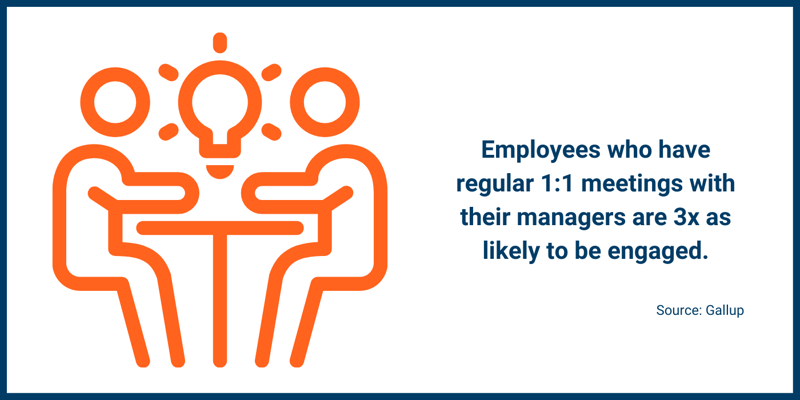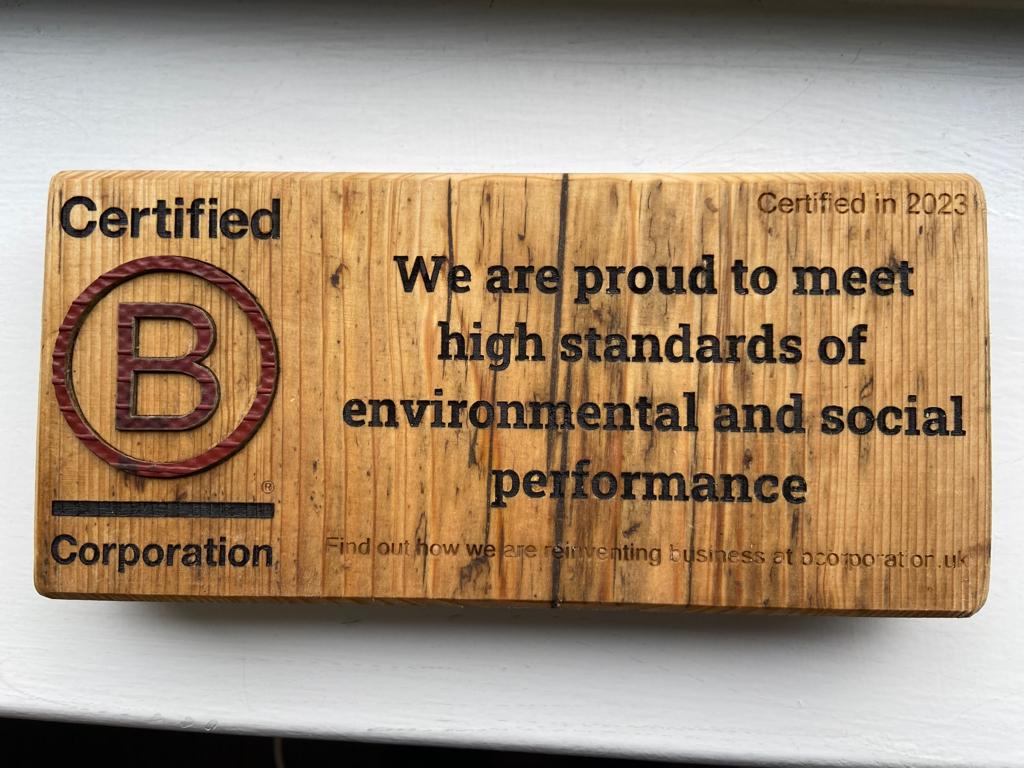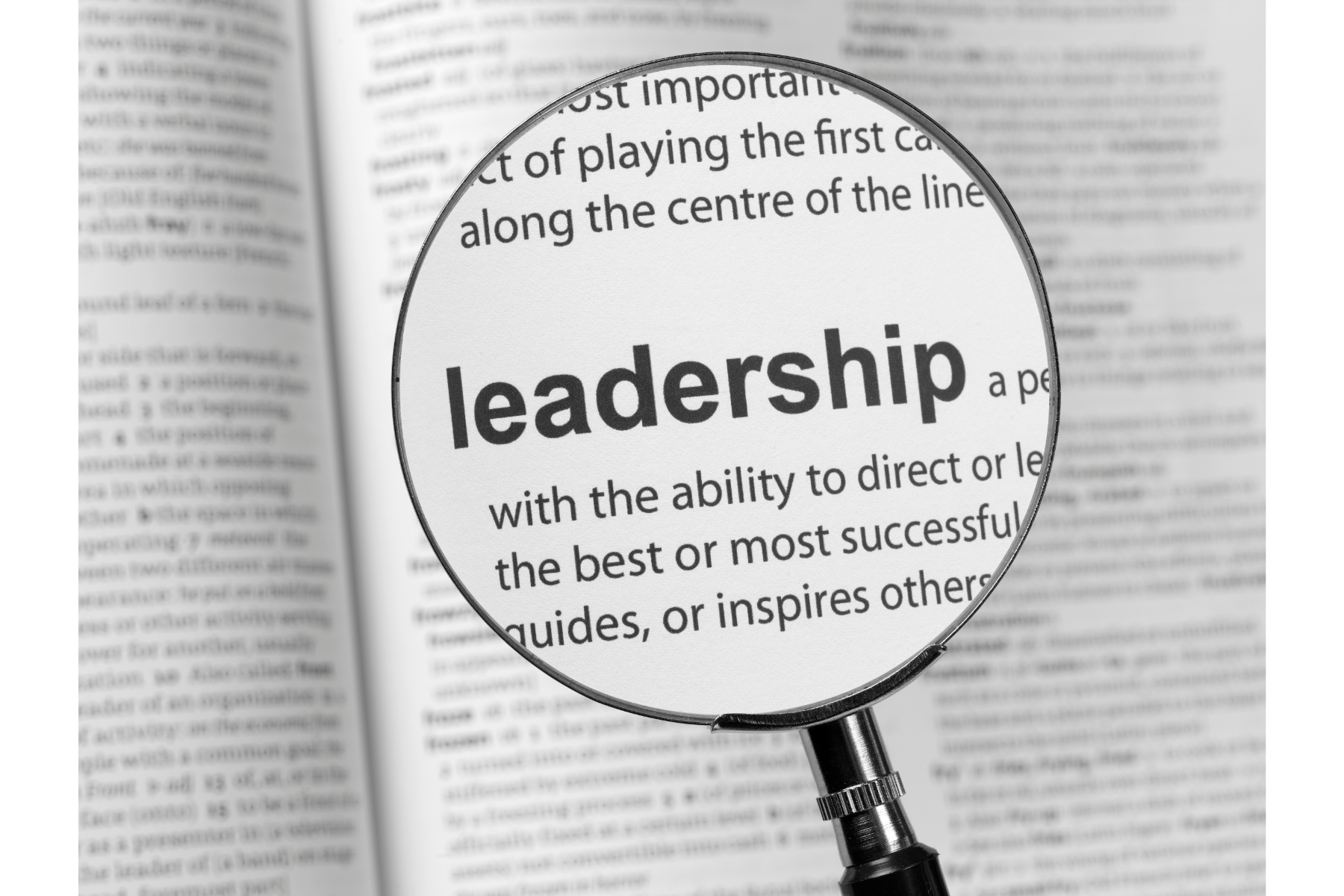As leaders we know that building trust in the workplace is essential for developing rapport, building relationships and improving teamwork and performance. And a key tool for building trust is effective communication, particularly through regular one to one meetings where a manager can talk to individual team members about their development, discuss and resolve issues and share and receive feedback.

However, despite the fact that we know how valuable these one-to-one meetings are, when times get busy it can often be the first thing that is pushed back, cancelled or forgotten.
Here we share our tips for having an effective one to one meeting:
Schedule them at regular intervals and set aside time to prepare
Having regular one to one meetings scheduled in your calendars mean that they are more likely to take place rather than trying to have ad hoc conversations with your team when you have time. Find out what time and place works best for people, whether that is the beginning or the end of the day, in the office or away from the usual work environment - and then stick to it. Whilst urgent issues may come up occasionally, make sure that if you can’t go ahead with the meeting as scheduled that you postpone it rather than cancel, otherwise you send the message that the meeting is not a priority for you.
Make sure that you set aside time to prepare beforehand. Whilst the direction of the meeting should largely be set by the team member, you should also consider what outcome(s) you would like to get from the conversation. Having a flexible agenda can help to keep the conversation focused, sets expectations for the meeting and allows both parties an opportunity to prepare in advance.
Encourage them to think about what they would like to talk about
The person who should be getting the greatest benefit from the meeting is the team member, so encourage them to think about what they would like to talk about and to come prepared to share their thoughts, questions and ideas.
This may not come easily at first and you may need to share some suggested questions in advance to help to get the conversation going and allow them to see how the meeting can be of benefit. It can also take time for some people to feel able to open up and be honest, but by making sure that you have these regular conversations they can start to recognise them as a safe forum to voice any concerns, ask for help and express their ideas.
Listen carefully and ask open questions
We have two ears and one mouth, and nowhere more than one-to-one meetings should we be using them in that order and listening at least twice as much as we’re speaking.
Pay attention and be present during the meeting. Switch off your mobile, don’t check your emails and maintain eye contact. This will improve your ability to listen and signals to the other person that they are important. Be patient. Sometimes people just want to be heard so give them time, the ‘airspace’ to express themselves. And ask (open) questions to help to clarify and improve your understanding of their perspective.
Share constructive feedback to learn and improve
One-to-one meetings provide a useful opportunity to discuss issues that are holding people back from achieving their goals. If people are set goals (or targets, objectives, tasks) but don't receive any feedback on their progress, they are less likely to feel motivated to achieve those goals. By setting clear goals and delivering regular feedback, team members will be more aware of how they are progressing, will be able to adjust their approach if necessary and access additional help and support as needed.
When sharing constructive feedback, be specific, make it timely (aided by having regular one to one meetings) and make sure that it is useful and focused on finding a way to progress and move forward.
Team members should also feel able to, and be encouraged, to share feedback themselves. Ask directly for feedback as this shows that you value their opinion and explain why you want it. Show that you are willing to accept their feedback - listen to what they are saying, don't try to justify or be defensive, but show that you are grateful for their comments.
Acknowledge successes and give recognition
Most people want to feel valued at work and by providing regular positive feedback you can show your team members that their contribution is useful and appreciated.
When times are stressful, it can be easy to feel too busy to acknowledge employee contributions, especially when the cynical among us may feel that they are ‘just doing their jobs’. However, study after study shows that specific, sincere and meaningful recognition has a positive impact on employee engagement, motivation and productivity.
So, make sure that you take the opportunity to recognise what they are doing well, which will improve their confidence and will in turn encourage them to continue at that level of performance or even push themselves to achieve more.
By focusing on improving your one-to-one meetings you can strengthen relationships with your team, boost engagement and motivation and drive improvements in productivity and performance.
If you are interested in finding out more about how we help our delegates to improve their leadership skills in order to develop themselves, their teams and their organisations, please get in touch with Jo Draper or Stewart Barnes.
Our next management development program for future leaders (LEADlight) will start in March and our next effective leadership program for senior leaders (LEAD™) starts in April.



